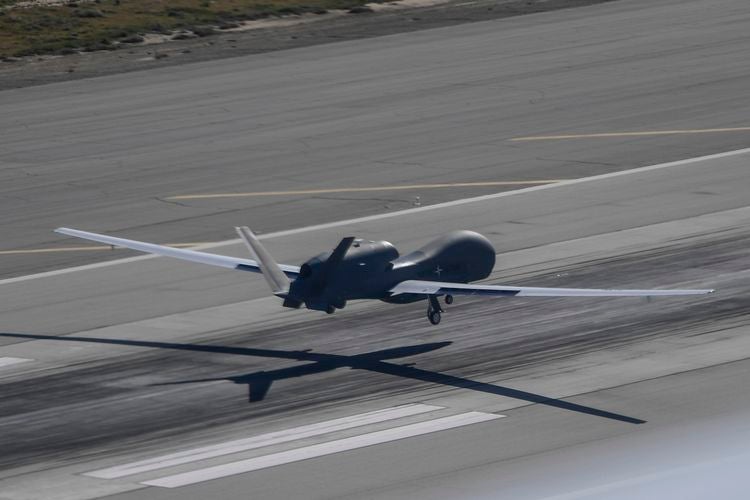
Northrop Grumman has said that the Nato AGS Management Agency (NAGSMA) has handed over the full system of Nato’s Alliance Ground Surveillance (AGS) RQ-4D Phoenix remotely piloted aircraft to the Nato AGS Force (NAGSF).
The full system handover to NAGSF at the main operating base in Sigonella, Sicily, marks a key milestone in the Nato AGS RQ-4D Phoenix programme.
Designed by Northrop Grumman, the high-altitude, long-endurance (HALE) uncrewed aircraft system (UAS) is based on the US Air Force (USAF)’s RQ-4 Block 40 Global Hawk.
The UAS is designed to conduct intelligence, surveillance, and reconnaissance (ISR) operations for Nato member countries.
It achieved initial operating capability in February 2021.
According to a Northrop Grumman statement, the full system handover includes five aircraft, ground and support segments and associated sensor technologies.

US Tariffs are shifting - will you react or anticipate?
Don’t let policy changes catch you off guard. Stay proactive with real-time data and expert analysis.
By GlobalDataNorthrop Grumman global surveillance vice-president and general manager Jane Bishop said: “This Full System Handover is an important milestone for the Nato AGS community, government and industry.
“The Nato AGS system is a force multiplier supporting the Alliance mission of deterring threats and protecting security across Nato member countries.”
The 14.5m-long AGS RQ-4D Phoenix has a maximum take-off weight of (14,628kg). The UAS’ maximum payload carrying capacity stands at 3,000lb (1,360kg).
Since the arrival of the first aircraft at the main operating base in Sigonella, the UAS units gradually increased their operational flight hours.
In November 2021, the UAS also completed its first 24-hour mission, a key step to full operating capability.



